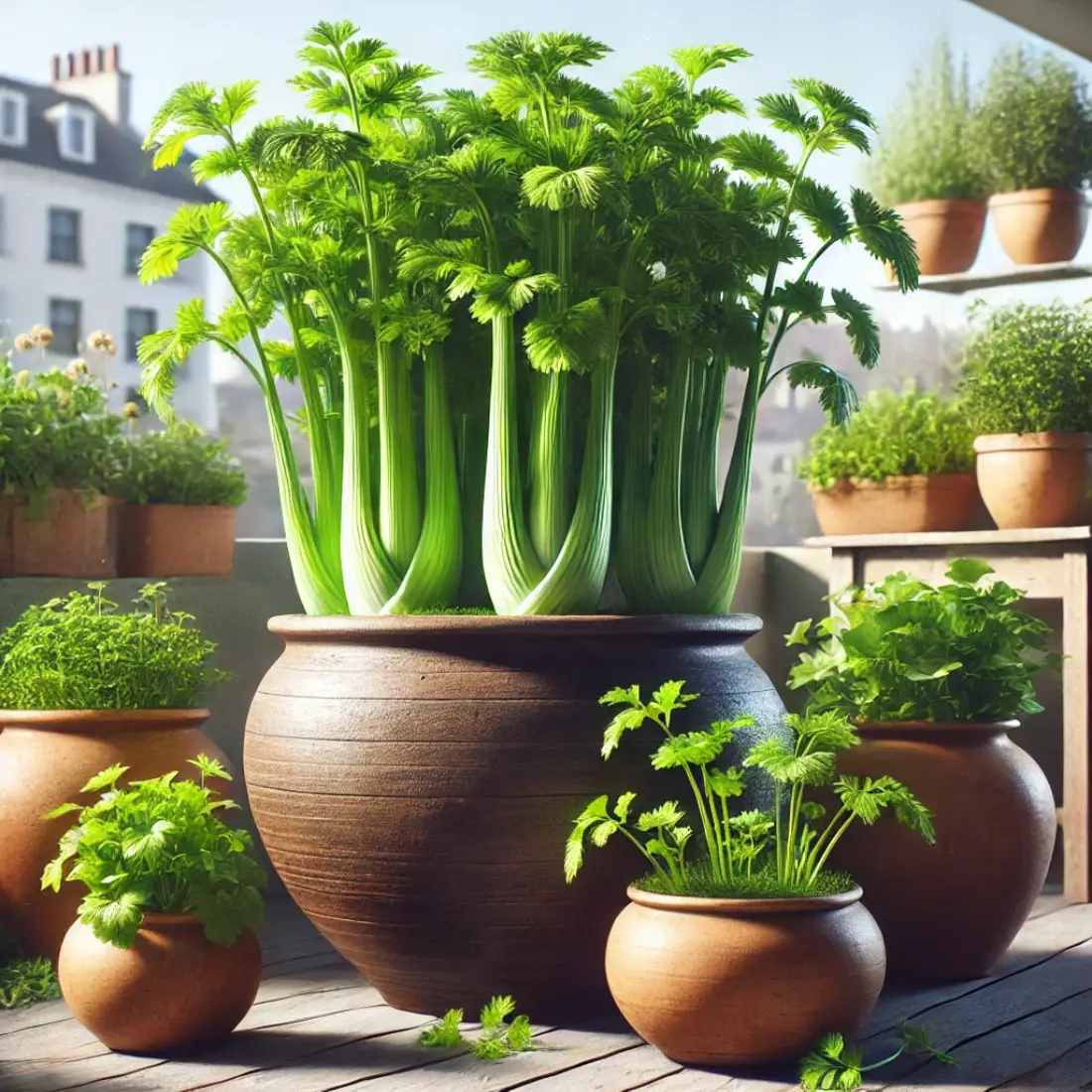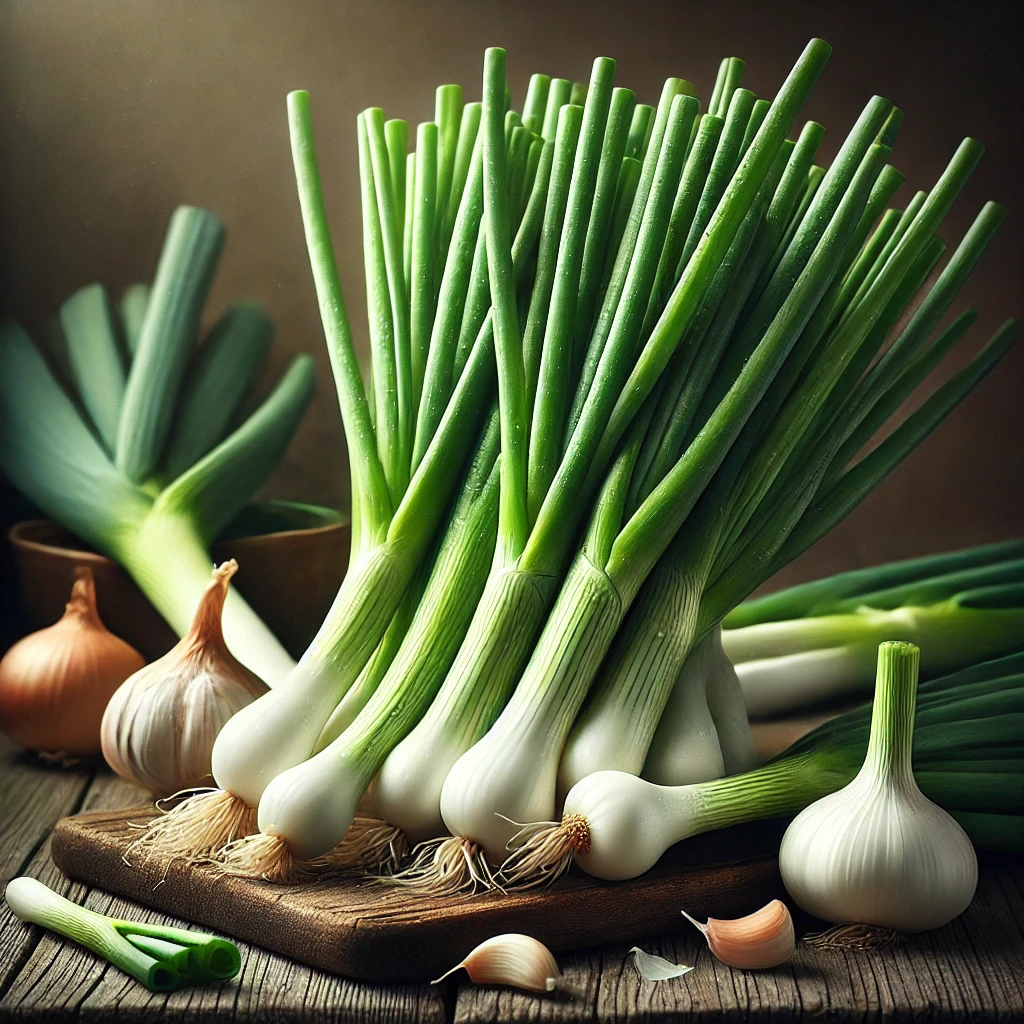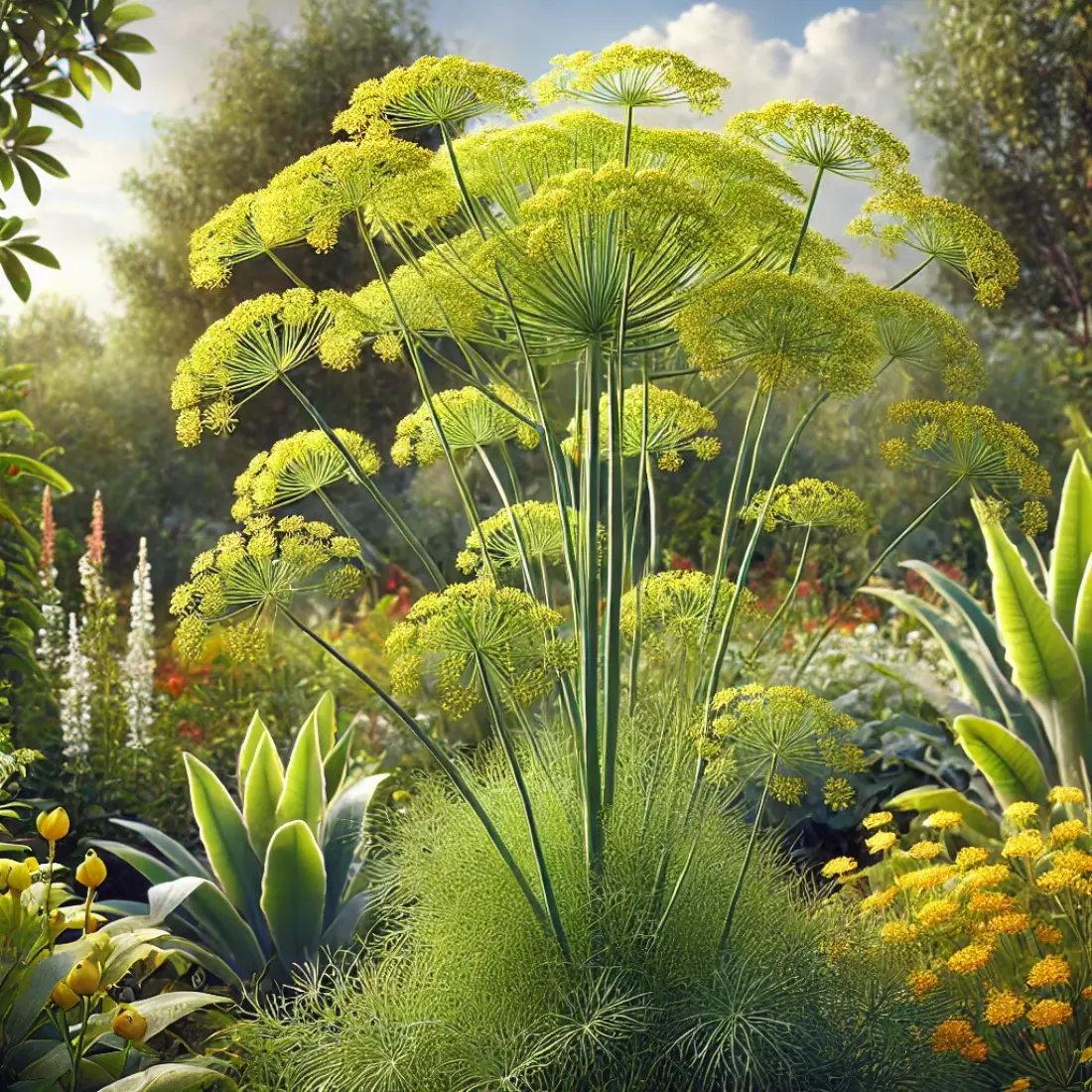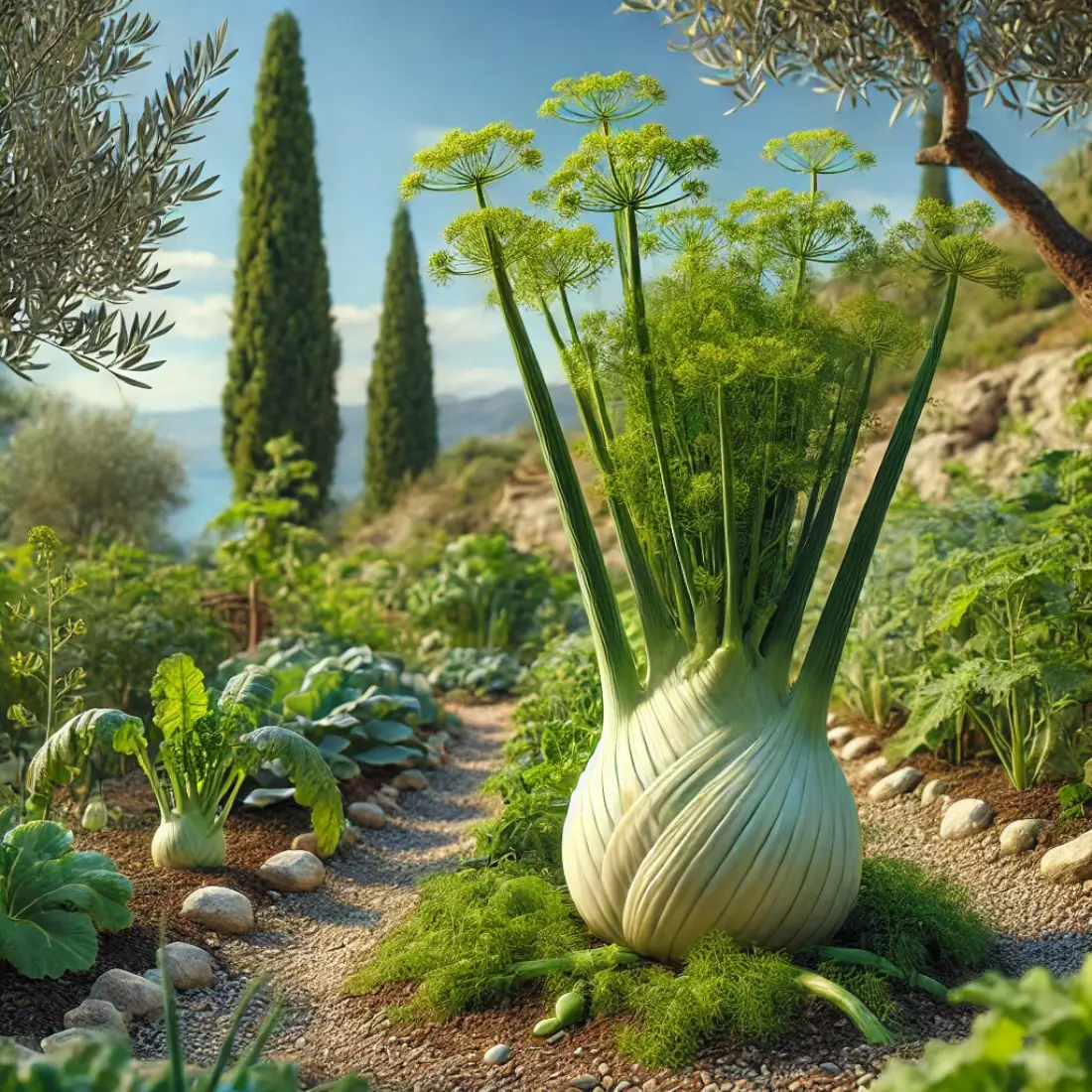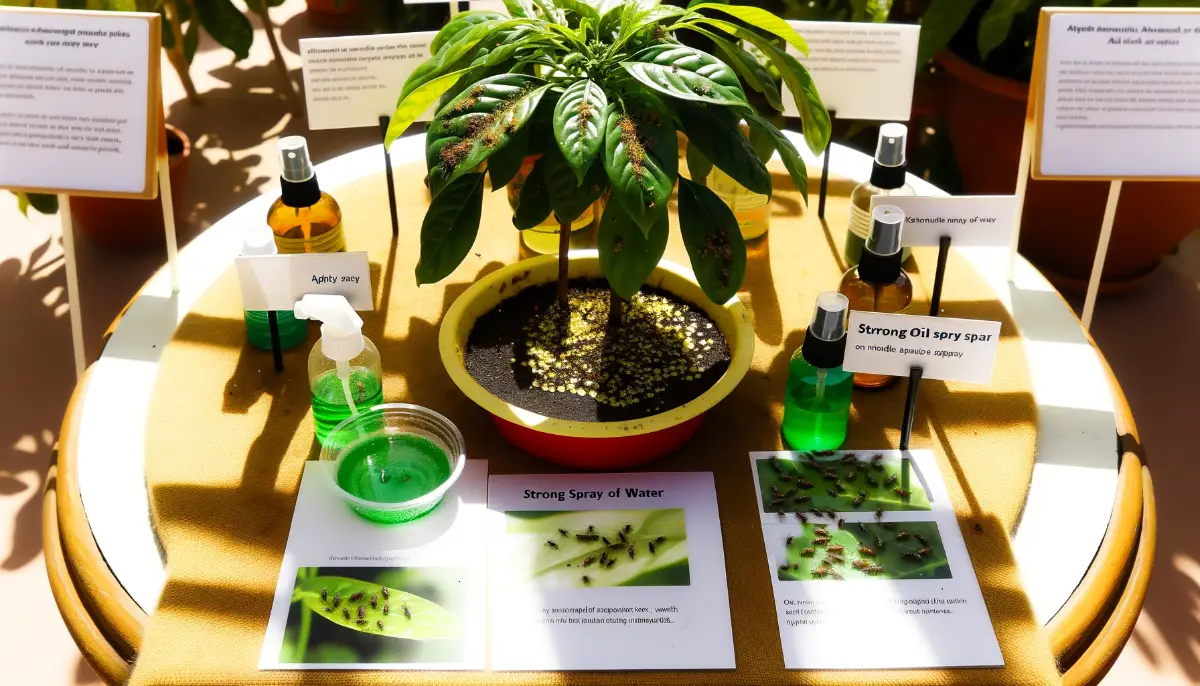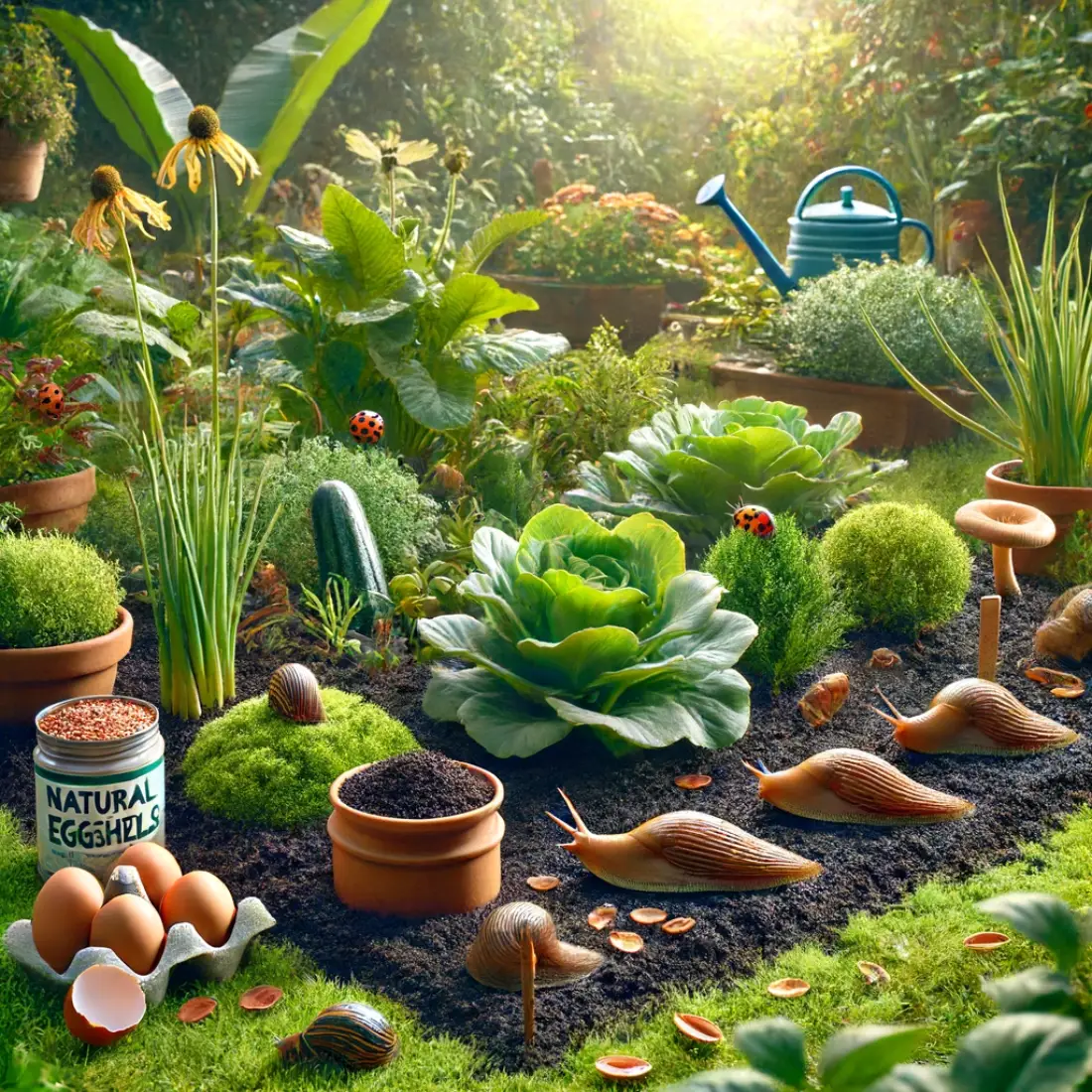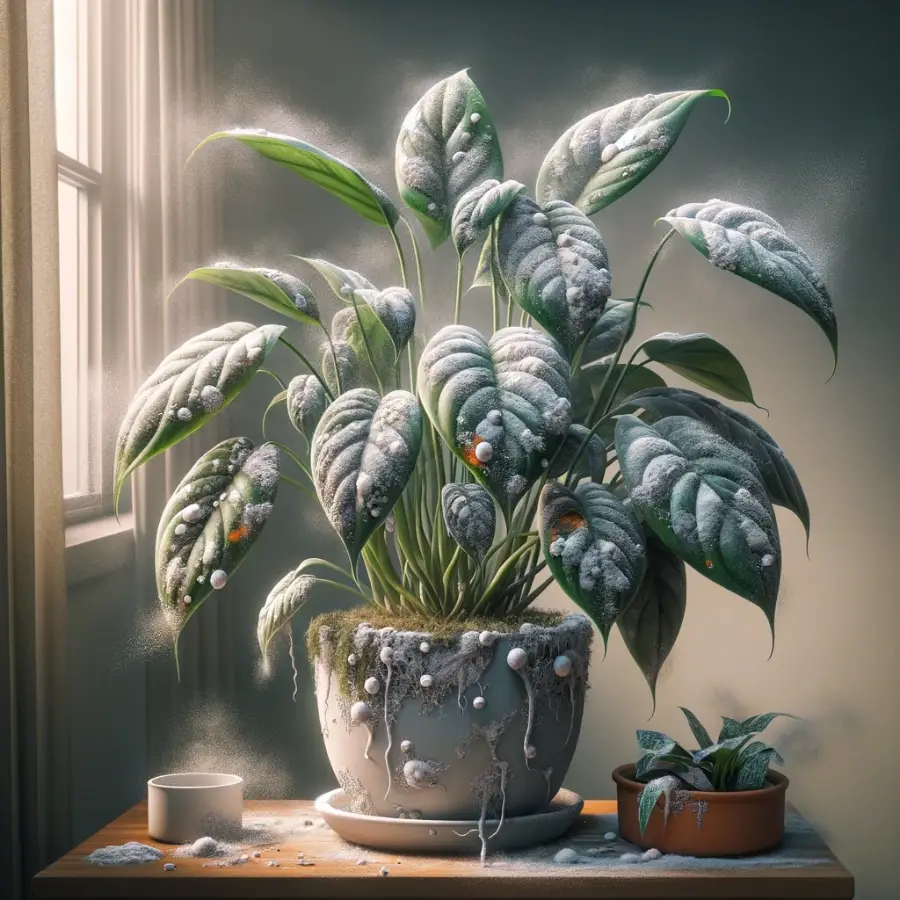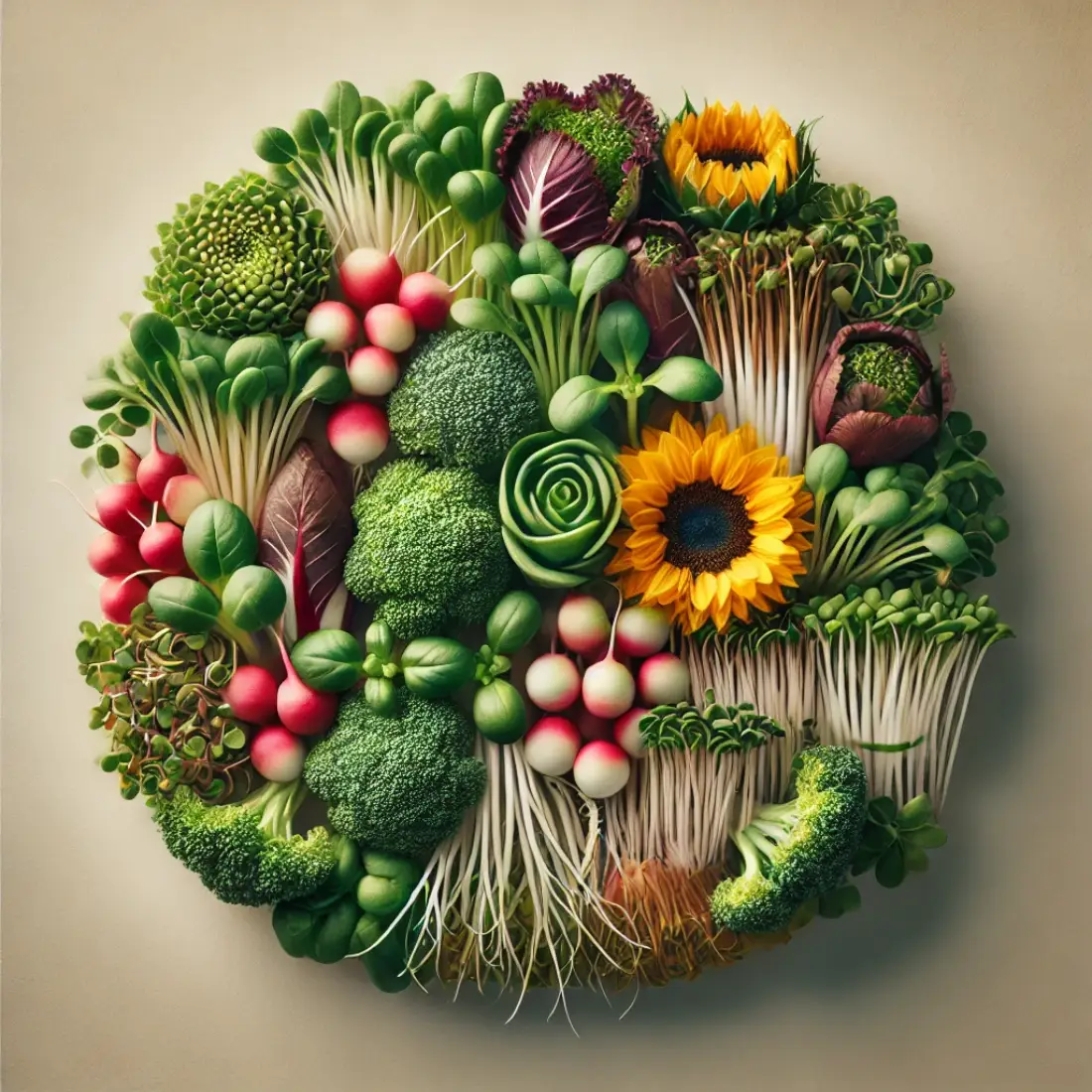Growing celery in containers is an excellent way to enjoy fresh, crunchy celery even if you have limited space. Container gardening offers flexibility, making it easier to manage pests and diseases while allowing you to move the plants to catch optimal sunlight.
Celery is renowned for its nutritional benefits. It’s low in calories but high in essential vitamins and minerals, including vitamin K, vitamin C, potassium, and folate. Additionally, celery contains antioxidants and fiber, which contribute to overall health and wellness. Its high water content makes it a refreshing addition to any diet, aiding in hydration and digestion.
- Celery can be successfully grown in containers with the right conditions.
- Choosing the right container and soil mix is crucial.
- Consistent watering and feeding are key to healthy celery growth.
Choosing the Right Container
Selecting the right container is crucial for growing healthy celery. Opt for a container that is at least 12 inches deep and wide to accommodate the root system and support robust growth. Materials like plastic, ceramic, or terracotta work well, but ensure the container has adequate drainage holes to prevent waterlogging.
Proper drainage is essential to avoid root rot and other issues. A light-colored container can help keep the soil temperature stable, especially in hot climates. Remember, the container’s size and material can significantly impact the overall health and yield of your celery plants.
Ideal Soil Mix for Container Celery
Choosing the right soil mix is essential for growing healthy celery in containers. Use a well-draining, nutrient-rich potting mix that retains moisture without becoming waterlogged. A mix of peat moss, compost, and perlite or vermiculite works well to ensure good drainage and aeration.
Aim for a soil pH between 6.0 and 7.0, as celery thrives in slightly acidic to neutral conditions. Adding organic matter like compost enhances the soil’s fertility and water-holding capacity, promoting strong, vigorous growth. Regularly check and amend the soil to maintain its quality throughout the growing season.
Planting Celery in Containers
Begin by selecting celery seeds or seedlings suitable for container gardening. Start seeds indoors 10-12 weeks before the last frost date, planting them in seed trays with a light soil mix. Once seedlings are 3-4 inches tall, transplant them into your prepared container, spacing them 6-8 inches apart.
Ensure the container is filled with a well-draining, nutrient-rich soil mix. Plant seedlings deep enough to cover the roots and base, but leave the top growth exposed. Water thoroughly after planting to help establish the roots. Place the container in a sunny spot where the plants can receive 6-8 hours of sunlight daily.
Watering and Organic Feeding
Proper watering and feeding are crucial for healthy celery growth in containers. Celery plants require consistent moisture, so water them regularly to keep the soil evenly moist but not waterlogged. Aim to water the plants 2-3 times a week, adjusting based on weather conditions. Mulching with organic materials like straw or compost helps retain soil moisture and reduce evaporation.
For feeding, use organic fertilizers to promote vigorous growth. A balanced organic fertilizer, such as a 5-5-5 blend, can be applied every 3-4 weeks during the growing season. Alternatively, you can use compost tea or fish emulsion as a liquid feed, applying it every 2-3 weeks.
Additionally, side-dress with compost mid-season to boost soil fertility. Avoid over-fertilizing, as excessive nutrients can lead to poor growth and lower yields. Regularly check the soil moisture and nutrient levels to ensure optimal growing conditions for your celery.
Sunlight and Temperature Requirements
Celery thrives in full sunlight, requiring at least 6-8 hours of direct sunlight daily. Place your container in a sunny spot, such as a south-facing patio or balcony. Ideal temperatures for growing celery range between 60-75°F (15-24°C). Celery prefers cooler weather and can tolerate light frost but struggles in extreme heat.
During hot weather, provide partial shade or move the container to a cooler location to prevent bolting. Using a light-colored container can also help maintain stable soil temperatures. Consistently monitor and adjust the growing environment to ensure your celery plants receive the optimal sunlight and temperature.
Managing Pests and Diseases: Organic Solutions
Effective pest and disease management is essential for growing healthy celery in containers. Opt for organic solutions to maintain a sustainable and chemical-free garden.
Common Pests
Aphids: These small, sap-sucking insects can weaken celery plants. Combat aphids by spraying plants with a mixture of water and a few drops of organic neem oil. Introducing beneficial insects like ladybugs can also help control aphid populations.
Slugs and Snails: These pests can damage celery leaves and stems. Use organic slug and snail traps, such as shallow dishes filled with beer, placed near the container. Handpicking slugs and snails in the evening can also be effective.
Caterpillars: These larvae can chew through leaves, reducing the plant’s vigor. Handpick caterpillars when seen or apply Bacillus thuringiensis (Bt), a natural bacterial insecticide safe for organic gardening.
Common Diseases
Leaf Blight: This fungal disease causes yellow spots on leaves. Prevent leaf blight by ensuring proper air circulation around the plants and avoiding overhead watering. Remove affected leaves and use organic copper-based fungicides if necessary.
Powdery Mildew: This fungal disease appears as a white, powdery coating on leaves. To control powdery mildew, spray plants with a solution of 1 tablespoon of baking soda and a few drops of liquid soap in a gallon of water. Ensure the plants receive adequate sunlight and air circulation.
Root Rot: Overwatering can cause root rot, leading to wilted and yellowing plants. Ensure containers have proper drainage and avoid waterlogged soil by watering only when the top inch of soil is dry.
Preventive Measures
- Companion Planting: Plant celery with companions like onions, garlic, or marigolds to repel pests.
- Regular Monitoring: Inspect plants frequently for signs of pests and diseases to address issues early.
- Healthy Soil: Maintain soil health with organic matter and avoid overcrowding plants to reduce stress and susceptibility to diseases.
Common Problems and Solutions
Leggy Growth
- Cause: Insufficient sunlight or overcrowded conditions.
- Solution: Ensure the container is placed in full sunlight and thin seedlings to provide adequate space.
Yellow Leaves
- Cause: Overwatering, poor drainage, or nutrient deficiency.
- Solution: Check soil moisture levels and drainage. Amend soil with compost or use a balanced organic fertilizer.
Poor Yield
- Cause: Inadequate feeding or incorrect planting depth.
- Solution: Follow a regular feeding schedule with organic fertilizers and ensure seedlings are planted at the correct depth.
FAQs about Growing Celery in Containers
How long does it take to grow celery in containers?
Celery typically takes about 120 to 140 days from planting to harvest, depending on the variety and growing conditions.
Can celery be grown indoors?
Yes, celery can be grown indoors if it receives enough light. Place it near a south-facing window or use grow lights to provide the required 6-8 hours of sunlight daily.
How do I know if my celery plant is getting enough water?
Celery requires consistently moist soil. Check the top inch of soil; it should be moist but not waterlogged. Wilting leaves may indicate a need for more water.
What is the best time of year to plant celery in containers?
Plant celery in early spring after the last frost or in late summer for a fall harvest, as celery prefers cooler temperatures.
How deep should I plant celery seeds or seedlings?
Plant celery seeds about 1/8 inch deep. When transplanting seedlings, ensure the roots are well-covered, and the base of the plant is level with the soil surface.
What type of fertilizer is best for celery?
Use a balanced organic fertilizer, such as a 5-5-5 blend, or compost tea. Apply every 3-4 weeks to ensure healthy growth.
Can I grow celery from kitchen scraps?
Yes, you can regrow celery from the base of a celery stalk. Place the base in water until roots develop, then transplant it into a container with soil.
Why are my celery stalks thin and weak?
Thin stalks can result from insufficient light, poor soil nutrition, or overcrowding. Ensure adequate sunlight, fertile soil, and proper spacing.
How do I prevent pests from attacking my celery plants?
Use organic pest control methods like neem oil, handpicking pests, and encouraging beneficial insects. Companion planting with pest-repelling plants like marigolds also helps.
Can I harvest celery leaves as well as the stalks?
Yes, celery leaves are edible and can be harvested for use in soups, salads, and as a garnish. Trim leaves as needed without damaging the main plant.

